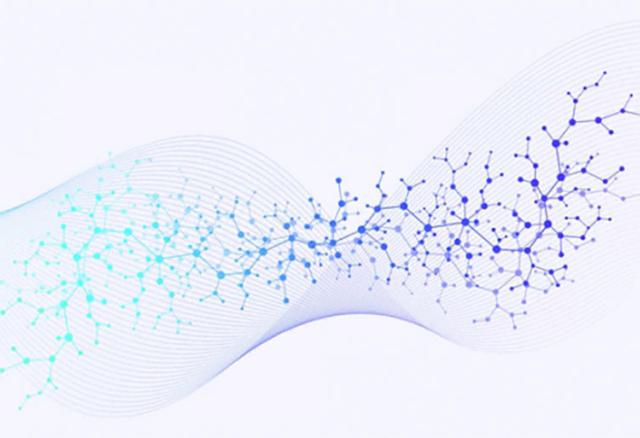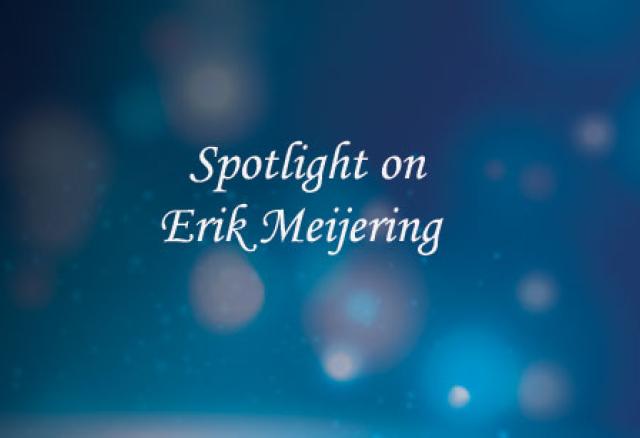Facial Expression Analysis with Attention Mechanism
We develop algorithms to analyzing facial expression by learning from the data. Since local characters of muscle movements play an important role in distinguishing facial expression by machines, we explore the local characters of facial expressions by introducing the attention mechanism in both supervised and self-supervised supervised manners. Our methods is experimentally shown to be effective on facial expression recognition with occlusions and facial action unit detection.










